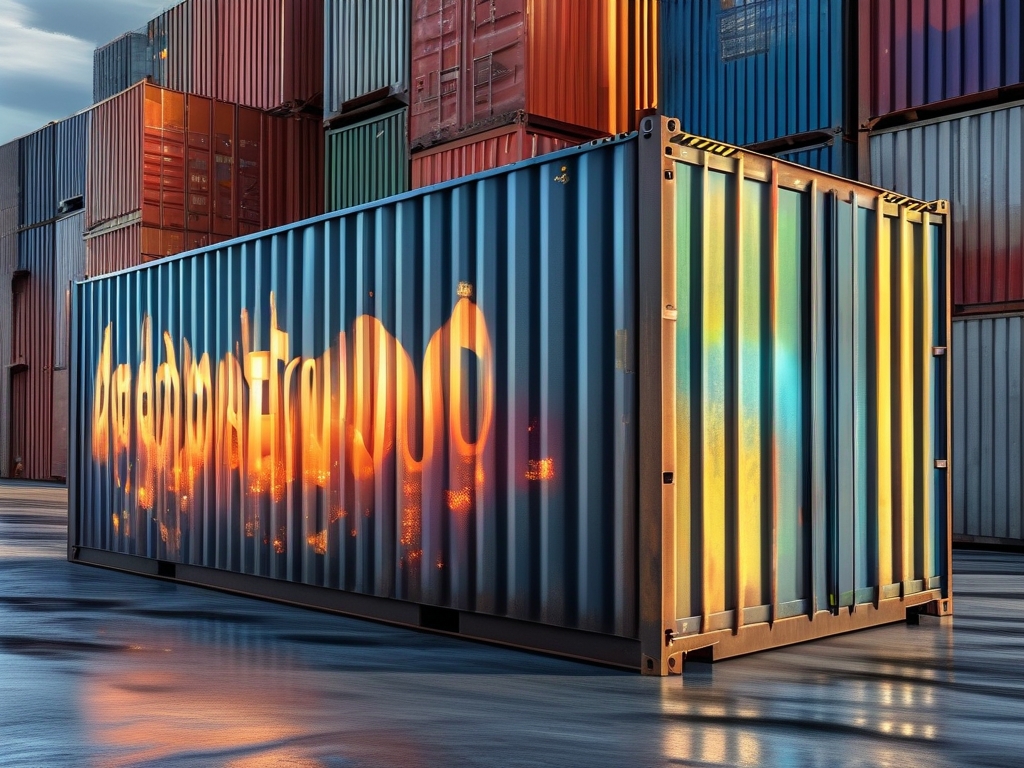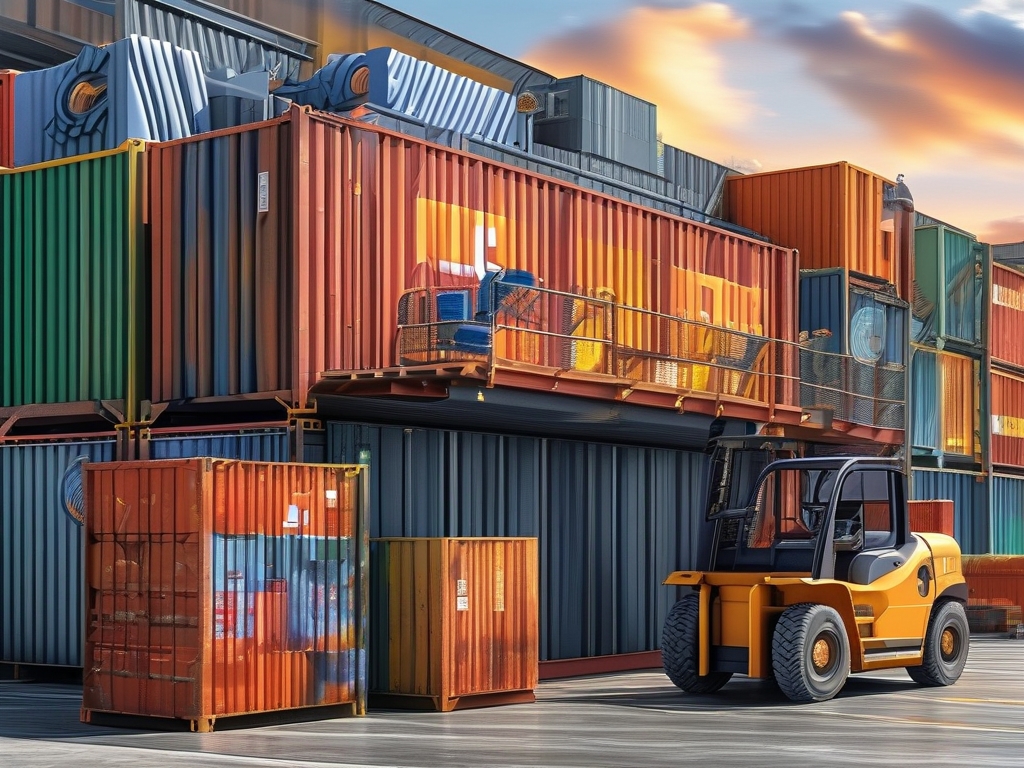In the fast-paced world of web development, delivering frontend applications efficiently and consistently has become a critical challenge. Traditional deployment workflows, often reliant on manual processes, are prone to human error, environment inconsistencies, and scalability bottlenecks. This is where frontend automation and containerized deployment emerge as game-changers, enabling teams to ship code faster, reduce downtime, and maintain robust development pipelines.
The Need for Automation in Frontend Workflows
Modern frontend applications involve complex toolchains: bundlers like Webpack or Vite, testing frameworks like Jest or Cypress, and dependency managers like npm or Yarn. Manual execution of these steps slows down releases and increases the risk of oversights. Automation addresses this by:
- Standardizing Processes: Scripted workflows ensure every deployment follows the same steps, from linting to production builds.
- Reducing Human Error: Automated testing and validation catch bugs before they reach users.
- Enabling Continuous Integration/Continuous Deployment (CI/CD): Tools like GitHub Actions or Jenkins trigger deployments automatically after code merges.
Containerization: Bridging the Environment Gap
A persistent pain point in frontend deployment is the "it works on my machine" dilemma. Containerization technologies like Docker solve this by packaging applications with their runtime environments. Key benefits include:
- Environment Consistency: Containers replicate identical OS, libraries, and dependencies across development, staging, and production.
- Isolation: Frontend apps run in sandboxed environments, avoiding conflicts with host systems.
- Portability: Containers can be deployed on Kubernetes clusters, cloud services, or on-premise servers with minimal configuration.
Building an Automated Container Deployment Pipeline
Let's break down a typical automated frontend deployment pipeline using containers:
1. Code Commit & Repository Integration
Developers push code to a Git repository (e.g., GitHub). A webhook triggers the CI/CD pipeline, initiating automated tests and builds.
2. Container Image Creation
A Dockerfile defines the steps to build the frontend application:

FROM node:18-alpine AS builder WORKDIR /app COPY package*.json ./ RUN npm ci COPY . . RUN npm run build FROM nginx:alpine COPY --from=builder /app/dist /usr/share/nginx/html EXPOSE 80
This multi-stage build compiles the app using Node.js and serves it via an optimized Nginx server.
3. Automated Testing
The pipeline executes unit tests, end-to-end tests, and security scans. Only builds that pass proceed to the next stage.
4. Image Registry Upload
The container image is pushed to a registry like Docker Hub or AWS Elastic Container Registry (ECR), versioned using Git commit hashes or semantic versioning.
5. Deployment to Target Environments
Orchestration tools like Kubernetes or Docker Swarm pull the latest image and update running containers with zero downtime. Canary deployments or blue-green strategies minimize rollout risks.
Tools of the Trade
- CI/CD Platforms: GitHub Actions, GitLab CI, CircleCI
- Container Orchestration: Kubernetes, AWS ECS, Rancher
- Monitoring: Prometheus, Grafana, and logging solutions like ELK Stack
Overcoming Challenges
While automation and containerization offer immense benefits, teams must address:

- Initial Setup Complexity: Invest time in writing reliable Dockerfiles and pipeline configurations.
- Security: Scan container images for vulnerabilities and restrict registry access.
- Cost Management: Optimize container sizes and cloud resource allocation.
The Future of Frontend Deployment
Emerging trends like serverless frontends (e.g., Vercel, Netlify) and WebAssembly (Wasm) are pushing boundaries. However, the core principles of automation and environment isolation will remain vital. By embracing containerized workflows, teams future-proof their deployments while fostering collaboration between developers and DevOps engineers.
Frontend automation and container deployment are no longer optional for competitive web development. They transform chaotic manual processes into predictable, scalable pipelines. As frameworks and tools evolve, the integration of AI-driven optimizations (e.g., automated rollback mechanisms) promises to further refine this landscape. Start small-containerize a single app, automate one testing suite-and scale iteratively. The efficiency gains and reduced operational toil will speak for themselves.









